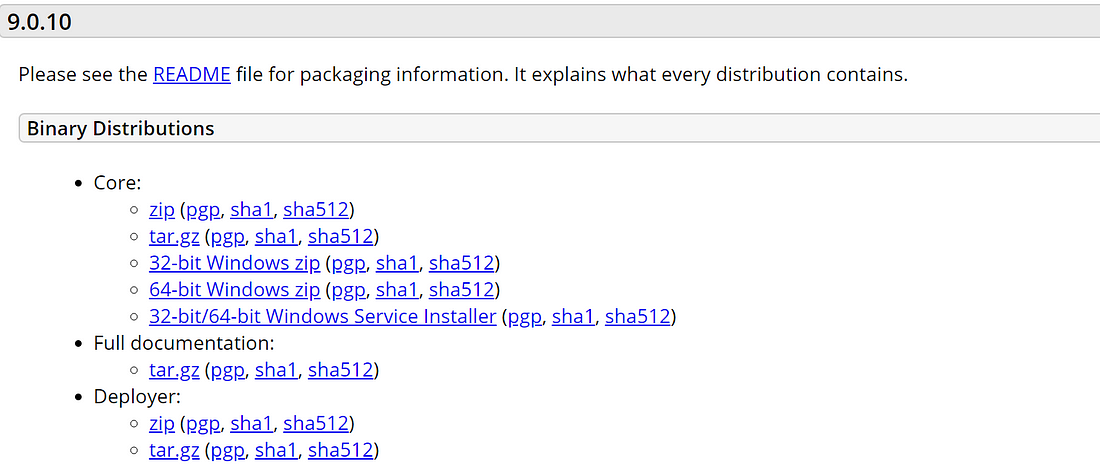

Jetty was the only server that could run as an embedded server for a long time. Microsoft IIS can be set up in a similar way.

#Apache tomcat devops manual#
This method gets rid of some manual work, but it needs more setup up front. AJP is also a reverse proxy because its architecture is the same (Apache to Tomcat). Setting up the Apache config file makes it easy to set up a reverse proxy.ĪJP (Apache JServe Protocol), which makes it easier to deal with metadata-like headers, is another option. This is just a proxy, but it is called a reverse proxy to set it apart from a proxy's usual role on the client side. The answer is then sent back to the client by the Apache server. The first is a "reverse proxy," in which Apache handles requests for static files and sends requests for other resources (like /webapp/**) to Tomcat. Tomcat and the Apache server can be used together in a few different ways. However, it's also common to combine Tomcat with the most popular web server, Apache (httpd), to serve static files. Tomcat can serve static files from disc, and it has the APR library to help it do so more efficiently. This app lets you do a lot of things, like start, stop, and redeploy apps from a web console. With an exploded deploy, you can look at the files without having to worry about how they are compressed.īy default, Tomcat also comes with a management application, which you can find at the /manager path.
#Apache tomcat devops archive#
You can find some examples of how this is done in the directory of the Tomcat archive you just unpacked. Next, we'll look at three more ways to use Tomcat to deploy static files and web apps.Ī web application that hasn't been compressed into a.war file is said to be "exploded." This means that all of its parts are still laid out in directories and files.
#Apache tomcat devops how to#
It is basically a Java archive (.jar) file with some extra files that tell the container how to run it. a.war file is the standard way to package a web application resource. There, you can put a.war file, and Tomcat will run it. You will put your applications in the webapps directory of Tomcat. This version has a wider range of Jakarta specifications and features. The Jakarta Persistence API is part of an extended version of Tomcat called TomEE. Coyote makes it possible to use Apache web server and Tomcat to serve static files. The Coyote web server is also part of Tomcat.

As the developer, you write the servlet or JSP page, set rules for the requests and responses, and then let Tomcat handle the routing. JSP, or Jakarta Server Pages, is a server-side view-rendering technology that lets you define HTML interfaces that use data from inside the server and information from the request and response. Tomcat's main job is to hold servlets and JSPs:Ī Java (or Jakarta) servlet sets up endpoints for HTTP requests and sends them to business logic code to be handled. The Jakarta EE specification is fully implemented in a Java enterprise application server. A web server, like Apache, is a server that is made to serve files from the local system. Several kinds of application servers are supported by the Java ecosystem:Ī servlet container is a way to implement the Jakarta Servlet specification.


 0 kommentar(er)
0 kommentar(er)
